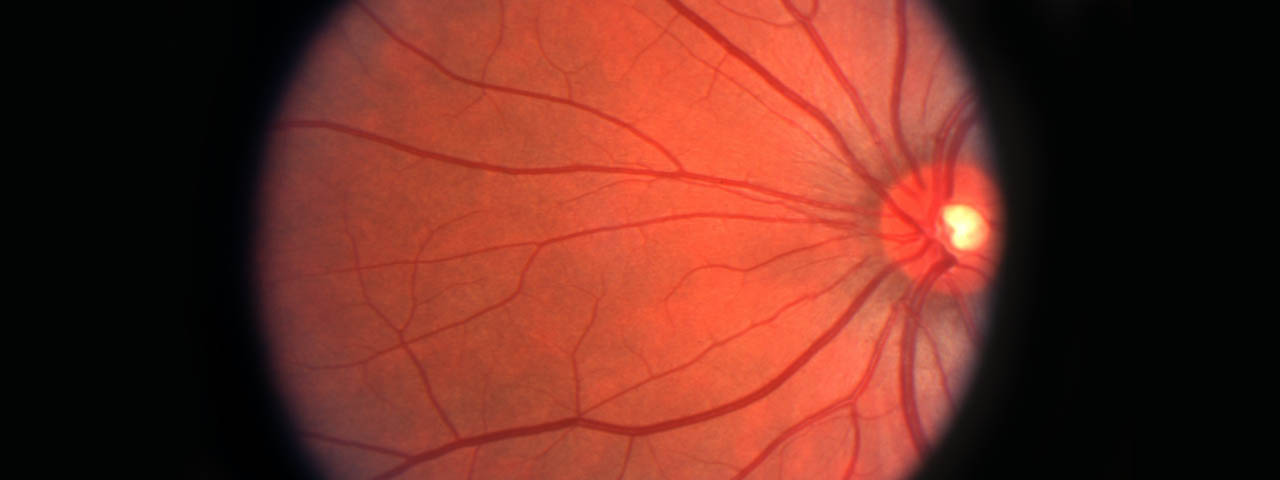
Diabetes is associated with several eye health issues including cataracts and glaucoma, but the most well known diabetic eye disease is diabetic retinopathy.
Diabetic Eye Exam +
Our routine eye exams are a comprehensive ocular health and visual assessment involving over 50 tests.
Our goal is to optimize your visual performance through early diagnosis, vision preservation, and individualized treatment plans including prescriptions for eyeglasses, contact lenses, vision therapy, or medication as required.
Individuals between the ages of 20 and 64 with diabetes mellitus are eligible under OHIP for a basic eye exam once a year. OHIP eligibility is defined by the Ministry of Health and Long-Term Care. It is highly recommended that patients opt into digital imaging to diagnose retinopathy and aid in early detection. Some of the technology used in our office indue the use of: Retinal/OCT Imaging/Corneal Topography.
Diabetes mellitus significantly increases your risk for ocular diseases, and the medications used to manage the symptoms of diabetes can also increase this risk. Routine eye exams with an eye care professional are vital for the early detection and prevention of these conditions. One example of a disease that is common amongst individuals with diabetes mellitus is diabetic retinopathy – a condition in which there is damage to the blood vessels in your eyes (in particular, the retina), which can cause vision reduction or loss.
Diabetic Retinopathy +
Diabetic Retinopathy
Diabetic retinopathy is an eye disease that only affects diabetics. It occurs when the fragile vascular network that supplies the retina – the light sensitive tissue at the back of the eye that helps us see – begins to swell or leak. During the beginning stages of the disease, there may be no noticeable symptoms, so it’s important to have your eyes checked at least once a year, if you have diabetes.
Once symptoms of diabetic retinopathy do develop, they can include: dark or black spots in your visual field, or blurry vision, and it increases over time. This is a result of bleeding at the back of the eye, which prevents a clear image from being transmitted from the retina to the brain.
Whether you have type 1, type 2, or even just gestational diabetes, you are at risk for developing diabetic retinopathy. The longer you have had the disease, the greater the risk. It is essential to keep your blood sugar levels under control to prevent vision loss, and this may require a trip back to your primary care physician.
Treating diabetic retinopathy can include vitrectomy, replacing the inner gel-like substance that supports the eyeball structure, and laser surgery.


Sunday hours are available by appointment.